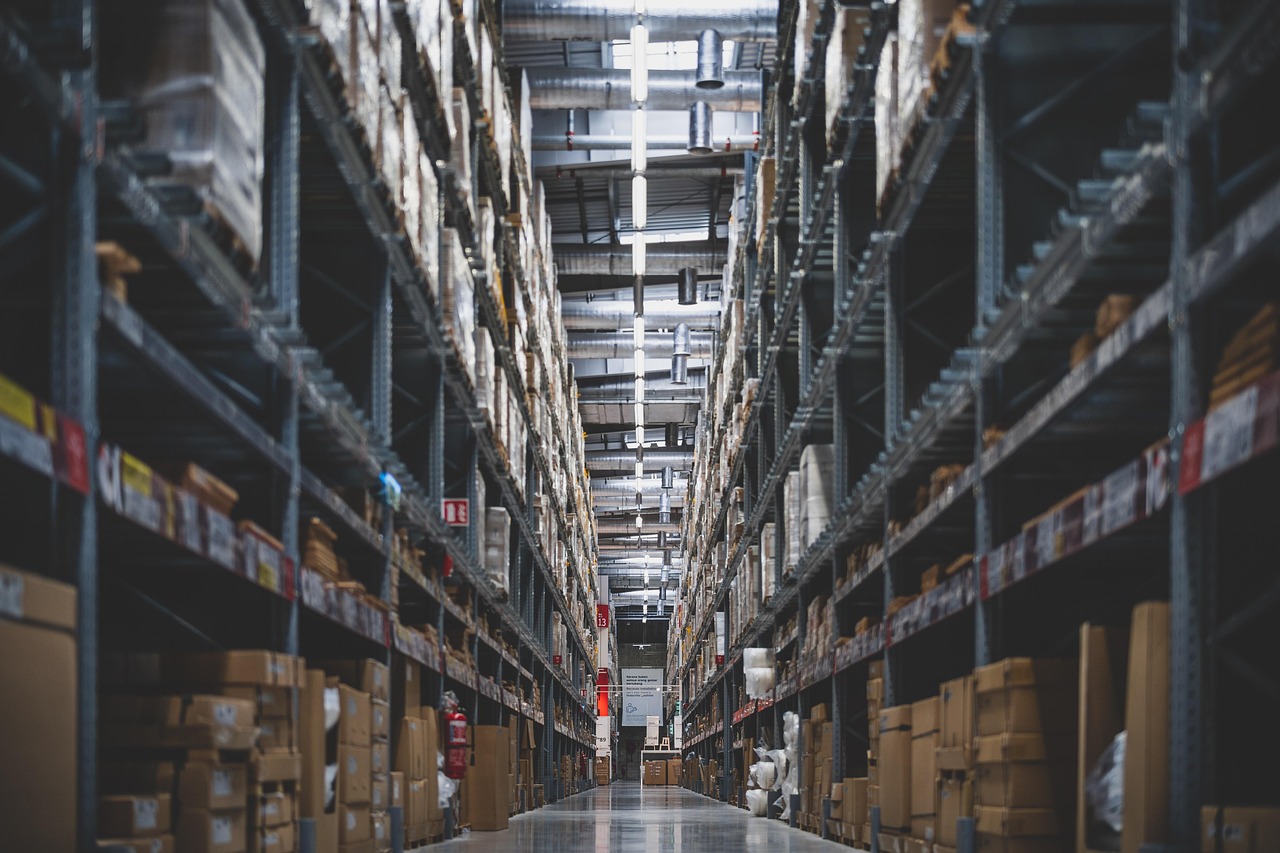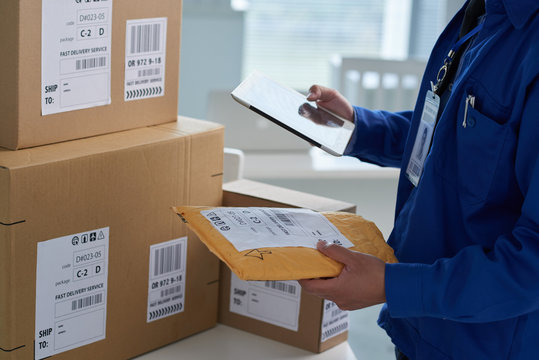Logistics processes are key to meeting customer expectations.
Logistics, that is, the ability to move products efficiently from the point of origin to the customer's hands, is one of the pillars of e-commerce, since it defines the buyer experience and the competitiveness of the business.
So, for anyone who is dedicated to e-commerce or wants to extend their physical business to a digital channel, there are some logistics terms that are necessary to understand and master the language of that specialized service.
Here is a glossary of terms to introduce you to the world of logistics:
Sourcing
It is the process of ensuring that the necessary products are available to meet customer demand. It involves managing suppliers, negotiating contracts, and optimizing the supply chain for ensure fluidity constant of goods.
Fulfillment
It is translated into Spanish as “compliance”, and is the set of operations that ranges from the storage of products to the final delivery to the customer. It includes activities such as inventory management, picking, packing, order processing and returns management.
Picking
It's the process of picking up specific products from a warehouse to fulfill an order. It can be done manually or make use of advanced technologies based on robotic arms or voice picking systems or robots to increase efficiency and reduce errors.
Packing
It refers to the packaging phase of products once they have been collected. It involves the Selecting the right packaging, customizing the packaging according to the brand's specifications, the inclusion of documentation necessary for the transfer and the preparation of the package for shipment.
Storage
It is the strategic management of the spaces where the products are stored. It includes decisions about the location of warehouses, the layout of the inventory on the shelves, which must be aimed at the efficiency and safety of the products stored.
Unboxing
“Unboxing” refers to the exciting moment when a customer opens the package they received. It's a crucial customer experience, where product presentation and packaging materials can influence your overall perception of the brand. Successful unboxing goes beyond simply opening a wrapper; it involves a careful presentation that reinforces the quality of the product and the company's attention to detail.
Crossborder
Cross-border trading, or “crossborder”, refers to business operations that transcend national borders. In the logistics field, it involves coordinating the delivery of products to international destinations. The efficient management of these operations is decisive for Overcoming customs challenges, regulations and delivery times, ensuring a seamless experience for global customers.
Tracking
Tracking is the ability to follow the location and status of products in real time throughout the supply chain. It provides visibility for both the company and the customer, allowing Anticipating potential problems and providing up-to-date delivery information. Effective tracking improves customer confidence and enables proactive logistics management.

Supply chain
It is the set of activities involved in the production and distribution of a product, from obtaining raw materials until delivery to the end customer. It includes suppliers, manufacturers, distributors, retailers and carriers. The last stage of the supply chain is order delivery.
E-Commerce
Also known as e-commerce, refers to the purchase and sale of goods and services over the Internet, using platforms created especially for that purpose. E-commerce companies rely heavily on efficient logistics to meet customer expectations for fast and accurate delivery.
Last Mile
It refers to the final stage of delivery, from the distribution center to the customer's door. It's often the most expensive and logistically challenging phase, since it involves delivery to densely populated urban areas. In English it is known as Last Mile Delivery
Lead Time
This is the time needed from when an order is placed until it is delivered to the customer. Reduce the Lead time is essential for improving delivery times, improve customer satisfaction and operational efficiency. Carrying out this process in a shorter amount of time is one of the objectives of ecommerce.
Delivery
Delivery is the act of placing products in the customer's hands. It involves coordination between different elements of the supply chain and is crucial for overall customer experience.
Inventory
It is the set of products stored by a company for sale. Managing inventory efficiently is essential for avoid shortages or overstocks. This is of great importance for fulfilling orders and reducing storage costs.
Logistics
It refers to the process of planning, implementing and controlling the efficient and effective flow of goods, services and information from the point of origin to the final consumer.
Reverse Logistics
This is the name of the movement of products from the customer back to the point of origin. It includes product return, recycling and reconditioning processes. Fulfillment companies are generally responsible for that process.
Logistic Planning
It is the process of developing strategies for efficiently manage product flow and services. It involves the anticipation of demand, the coordination of resources and the optimization of processes.
Order Processing
This term refers to all the activities necessary to prepare a shipment. This includes everything from the receipt of the goods to their delivery, including picking, packing and verifying the accuracy of the order.
Route Optimization
It's an activity that involves finding the most efficient way to deliver products to multiple destinations. Utilize algorithms and technologies to minimize time and transportation costs, in order to improve costs for businesses and their customers.
Transportation
It refers to the physical movement of goods or merchandise from one place to another. It can include various modes such as roads, railways, maritime or air routes.
Outsourcing
It is the act of outsourcing logistics activities to a third party. In these cases, companies specialized in logistics can handle specific and specialized functions, such as warehousing or transportation, allowing the company to focus on its core business.
Cross-Docking
It is a logistics strategy that involves receiving products at a distribution center and shipping them quickly without storage, as a way of minimize storage time and speed up the delivery process.
VMI (Vendor-Managed Inventory)
This is a model in which the supplier is responsible for managing the inventory in the customer's warehouses. It allows better synchronization of the supply chain and avoids the lack of stock.
Conclusion
Understanding these terms is essential for any growing e-commerce company. Remember that efficient logistics improves the customer experience, but also contributes to the competitiveness and profitability of the business. By integrating these practices and concepts into the logistics strategy, companies can confidently move toward success in an increasingly competitive market.
Understanding these terms is essential for any growing e-commerce company. Remember that efficient logistics improves the customer experience, but it also contributes to the competitiveness and profitability of the business.
By integrating these practices and concepts into the logistics strategy, companies can confidently move toward success in an increasingly competitive market. To put it into practice, rely on solutions from fulfillment in Guadalajara, which optimize your operation and increase customer satisfaction.








